This evaluation study (in Finnish) provides a wide-ranging review of the impact of the Futures Frequency workshop method developed at Sitra. Futures Frequency is an open workshop method for building different futures. It aims to increase the participants’ ability to imagine different futures and take action to make a preferred future a reality. It aims to enhance future-oriented thinking and change-making skills at the level of individuals, communities and society. The reception, dissemination and applicability of the Futures Frequency method constitute an information need to which this evaluation study aims to respond. The point of the evaluation study is to analyse the impacts achieved using the Futures Frequency method, how it has been applied by various parties, and to what extent the method has been perceived to be effective and scalable in different contexts.
To identify broad impacts, we developed a multi-criteria evaluation model that highlights the impact of Futures Frequency from the perspective of different users and groups of users. The evaluation includes a developmental dimension to identify operating practices that support and enhance the dissemination of future-oriented thinking in society. Learning and participation as part of the evaluation process is a transformative force that creates the conditions for concrete change. A participatory and interactive approach to evaluation elucidates impacts that are not tangible or easily quantifiable. To produce information that illustrates the overall impacts, we collected evaluation data using five methods: self-evaluation, interviews, participatory evaluation workshops, a questionnaire and observation.
We found clear indications from the evaluation of Futures Frequency changing people’s thinking and inspiring them to pursue different courses of action. The impact of the Futures Frequency method was most evident at the individual level. Participants’ perception of their personal ability in the field of future-oriented thinking was strengthened in the workshops. We recognised clear changes in the participants’ capacity to question assumptions about the future and imagine alternative futures. At the community level, the clearest improvement was seen in the preparedness to challenge an organisational or community perspective on the future. We observed nascent changes in the preparedness to collectively imagine alternative futures. At the societal level, we found preliminary evidence of Futures Frequency enabling equal access to future-oriented debates for different groups of people. Agency in future-making is the most challenging level of future-oriented thinking, with only incipient changes at the individual level.
The materials used in the Futures Frequency method were generally perceived to be comprehensive, easy to understand and easy to use. Both the participants and the facilitators felt that the discussions held during the Futures Frequency workshops were the best outcome of the method. Inspiring discussions about the future require a safe atmosphere for discussion, and our data indicates that the method was effective in creating such an atmosphere. One challenge was continuity, meaning how to maintain the enthusiasm for future-oriented thinking generated by the Futures Frequency workshop and how to put into practice the visions and measures ideated in the workshop. Linking Futures Frequency into the organisation’s other activities was seen as an effective way to ensure the continuity of future-oriented thinking. There was great variation in how the facilitators applied the Futures Frequency method to their own purposes. New facilitators wanted sparring and more ready materials. More experienced facilitators were more daring in applying the method and created new material themselves. Peer support was felt to be necessary for new Futures Frequency facilitators and useful for the more experienced facilitators.
The research data mainly consisted of the Futures Frequency workshops aimed at professionals. An important question therefore concerns the extent to which the use of the method can be extended to different groups of people and support the future-oriented debate within and between different social groups and across power structures. Expanding the social power over the future is a radical change that can be pursued with the help of the Futures Frequency method. By consciously widening the circle of people who get to discuss the future, more and more people will be able to see the relationship between their own actions and how the future is shaped. By learning to question and influence shared scenarios of the future we are on the way towards challenging the power the future and supporting the sharing of that power. The ongoing applications of the Futures Frequency method in schools is a good example of how inclusive future-making can be embedded in our society.
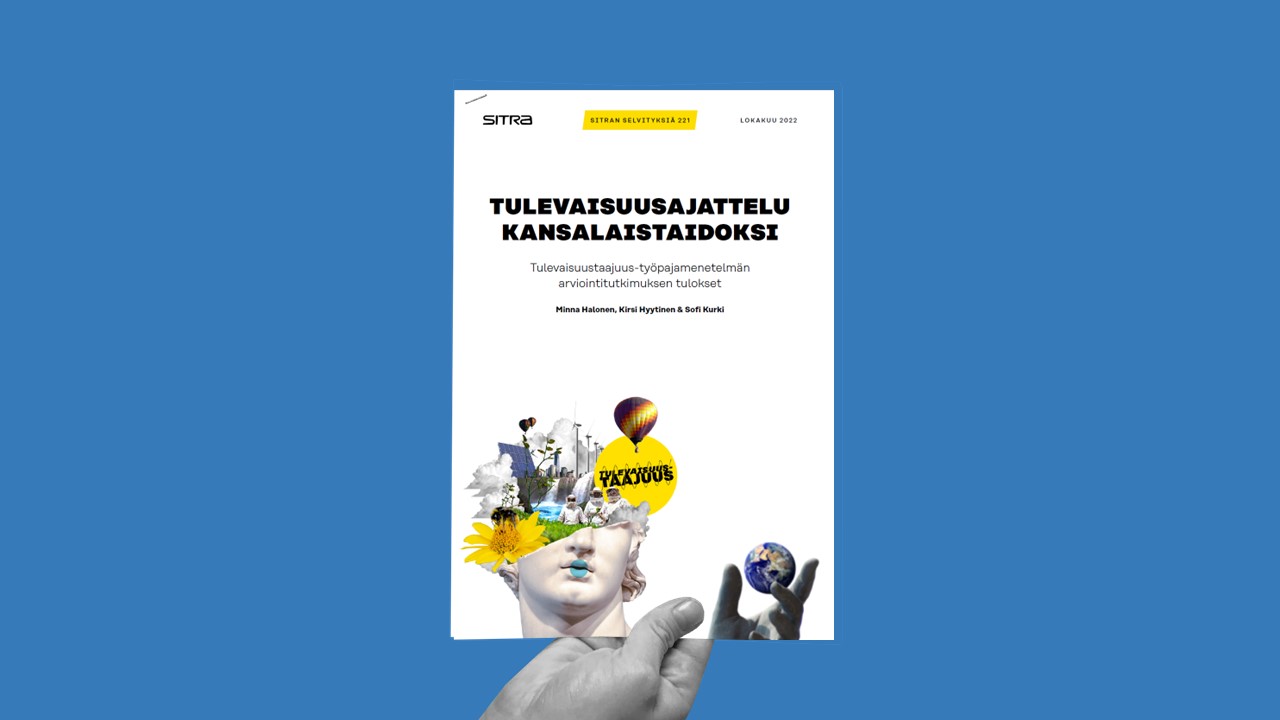
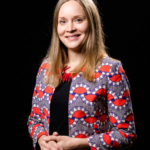
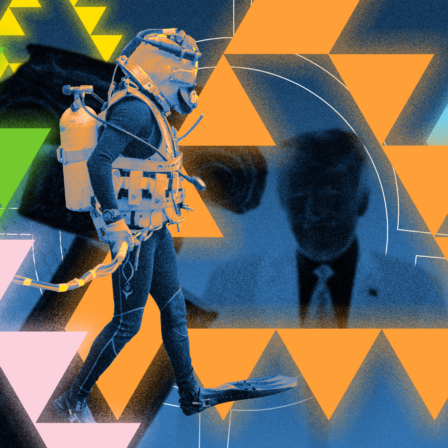
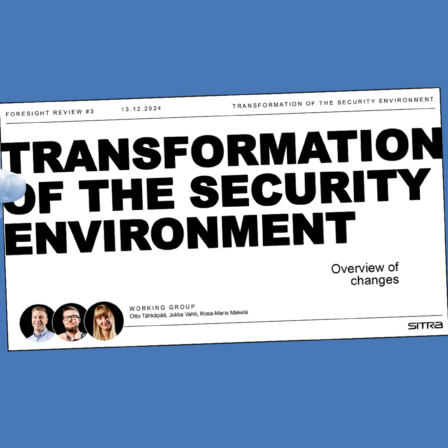
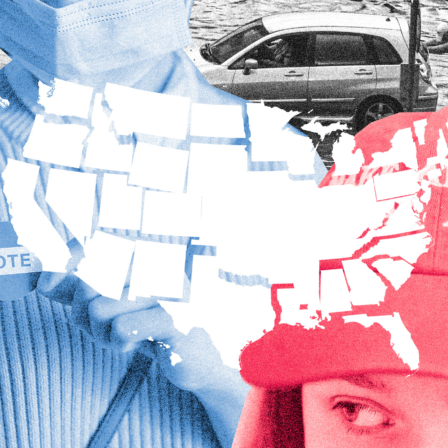







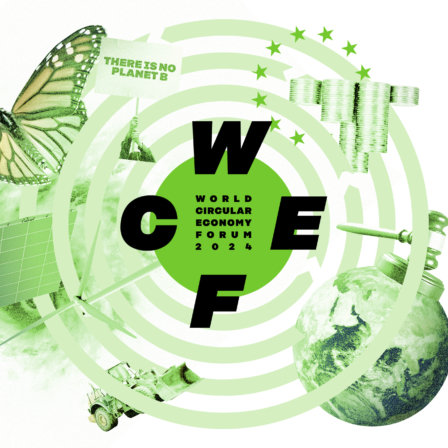

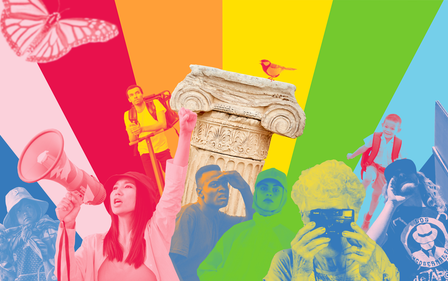
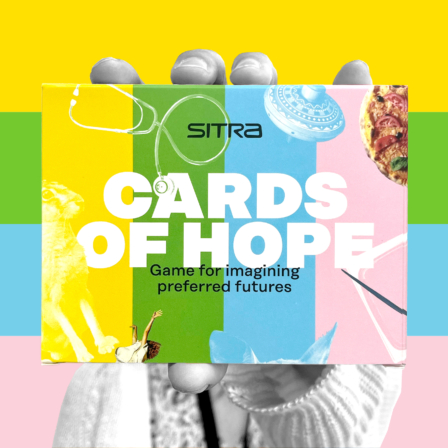
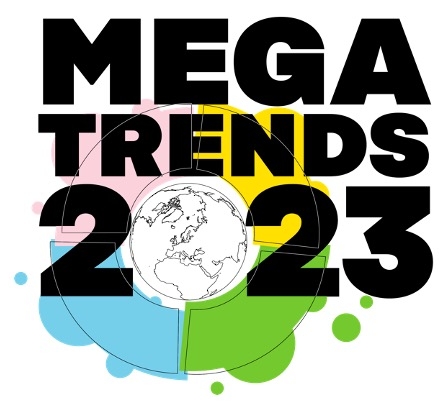
Recommended
Have some more.